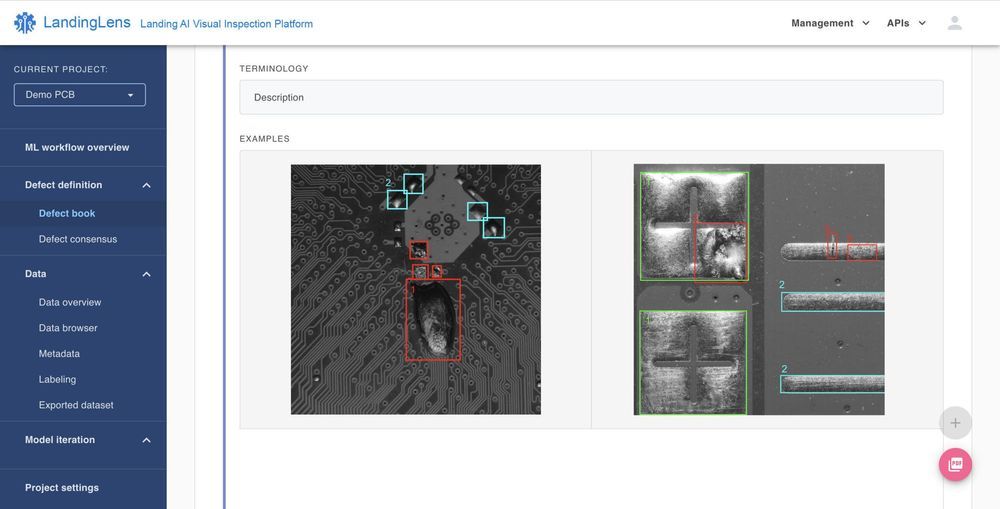Boston Dynamics has reportedly already sold more than 250 of its $75,000 Spot robots since starting commercial sales back in June. Interested and deep-pocketed parties can purchase one directly from the company’s website as well as a host of accessories, from $1,650 charging bricks to $34,570 lidar and camera kits. But one add-on which we’ve seen Spot with since some of its earliest demo videos was the prehensile arm sprouting from between its shoulder blades. But come next January, Spots around the world are going to get a whole lot more handsy.
“The next thing on the future Spot is that we’re going to make it available with a robot arm in a few months,” Boston Dynamics founder Marc Raibert told the virtual crowd at the Collision from Home conference in June. “We have prototypes working, but we don’t have them available as a product yet. Once you have an arm on a robot, it becomes a mobile manipulation system. It really opens up just vast horizons on things robots can do. I believe that the mobility of the robot will contribute to the dexterity of the robot in ways that we just don’t get with current fixed factory automation.”







